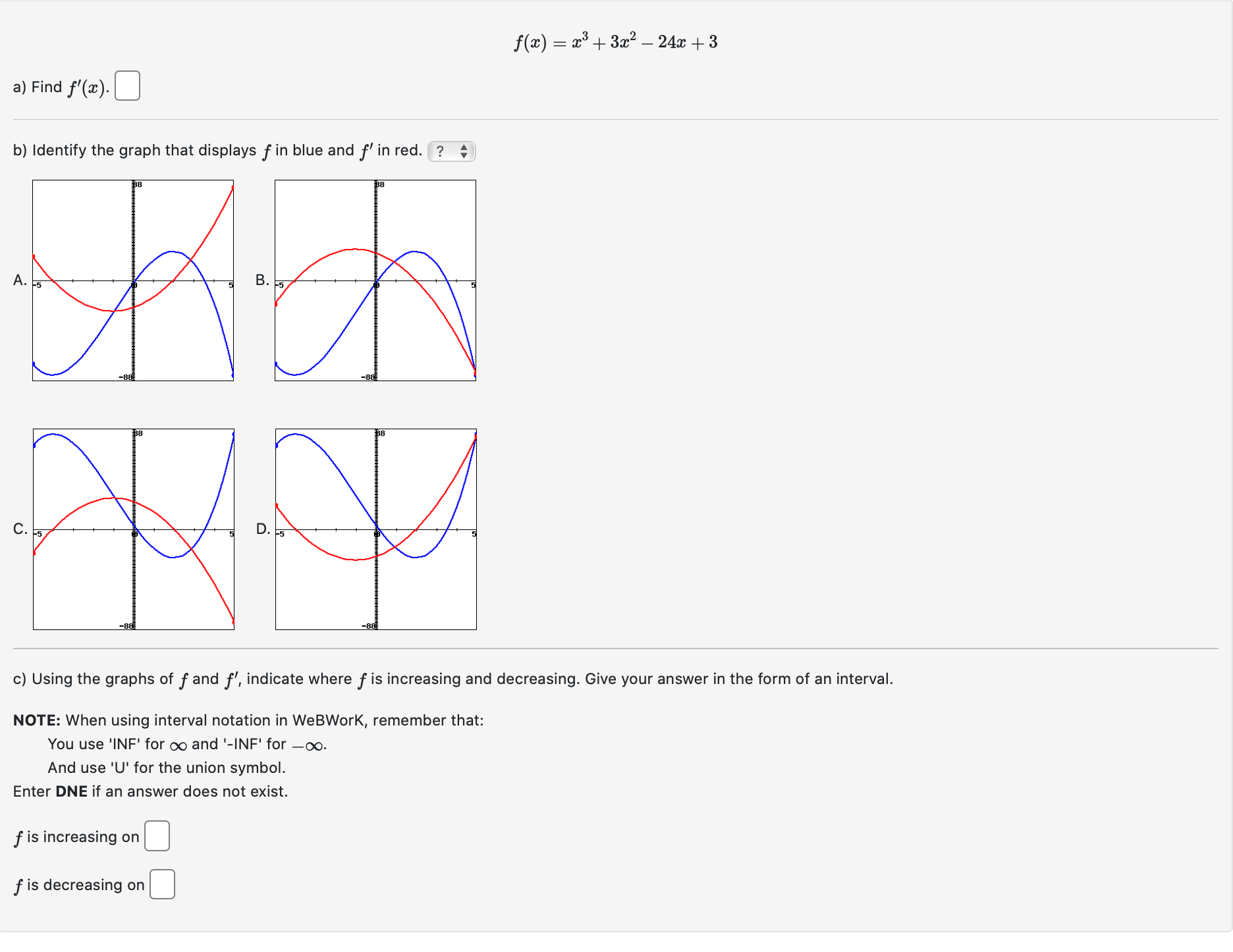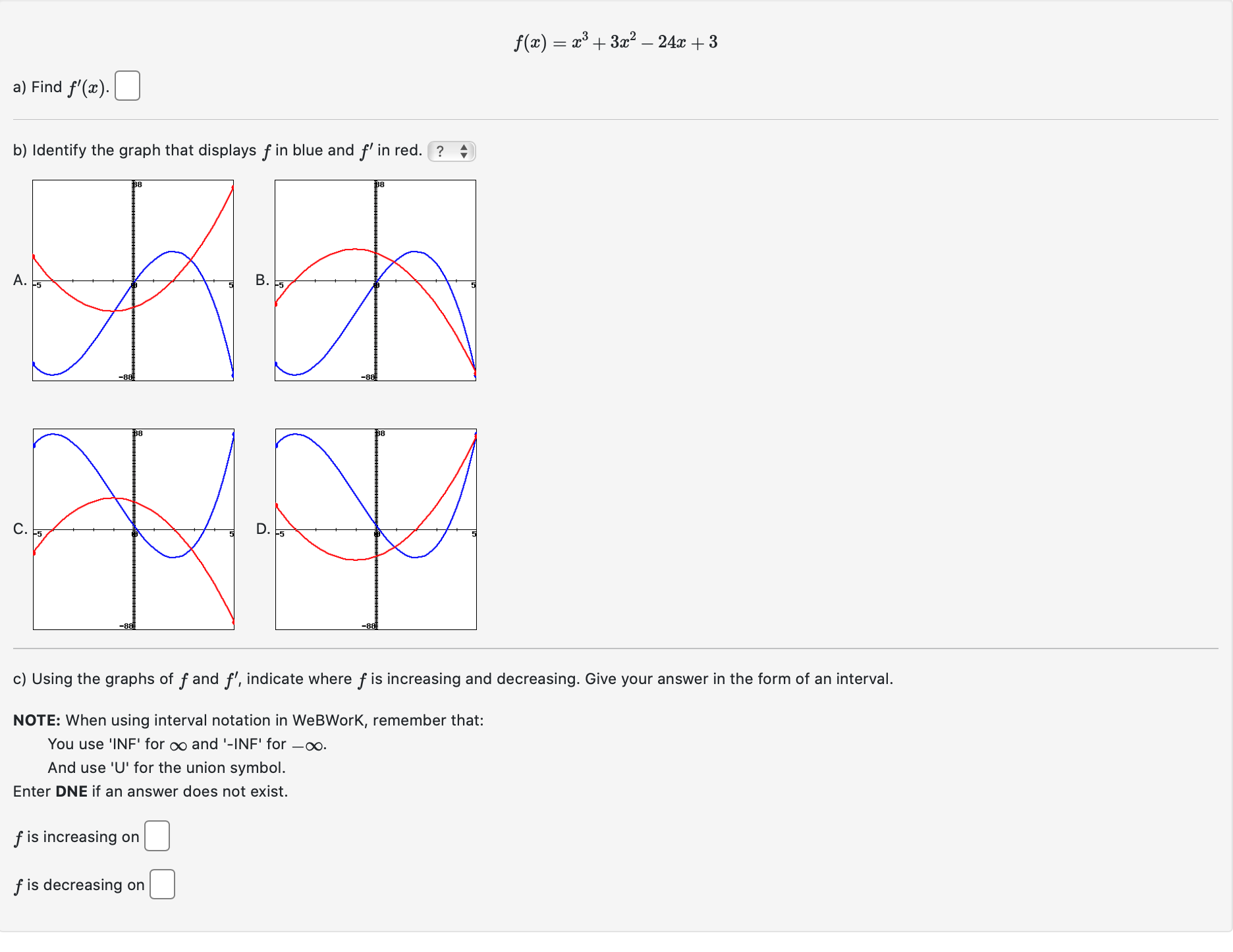Answered step by step
Verified Expert Solution
Question
1 Approved Answer
A function f(x) and interval [a, b] are given. Check if Rolle's Theorem can be applied to f on [a, b]. a) f(x) = 18




Step by Step Solution
There are 3 Steps involved in it
Step: 1

Get Instant Access to Expert-Tailored Solutions
See step-by-step solutions with expert insights and AI powered tools for academic success
Step: 2

Step: 3

Ace Your Homework with AI
Get the answers you need in no time with our AI-driven, step-by-step assistance
Get Started


